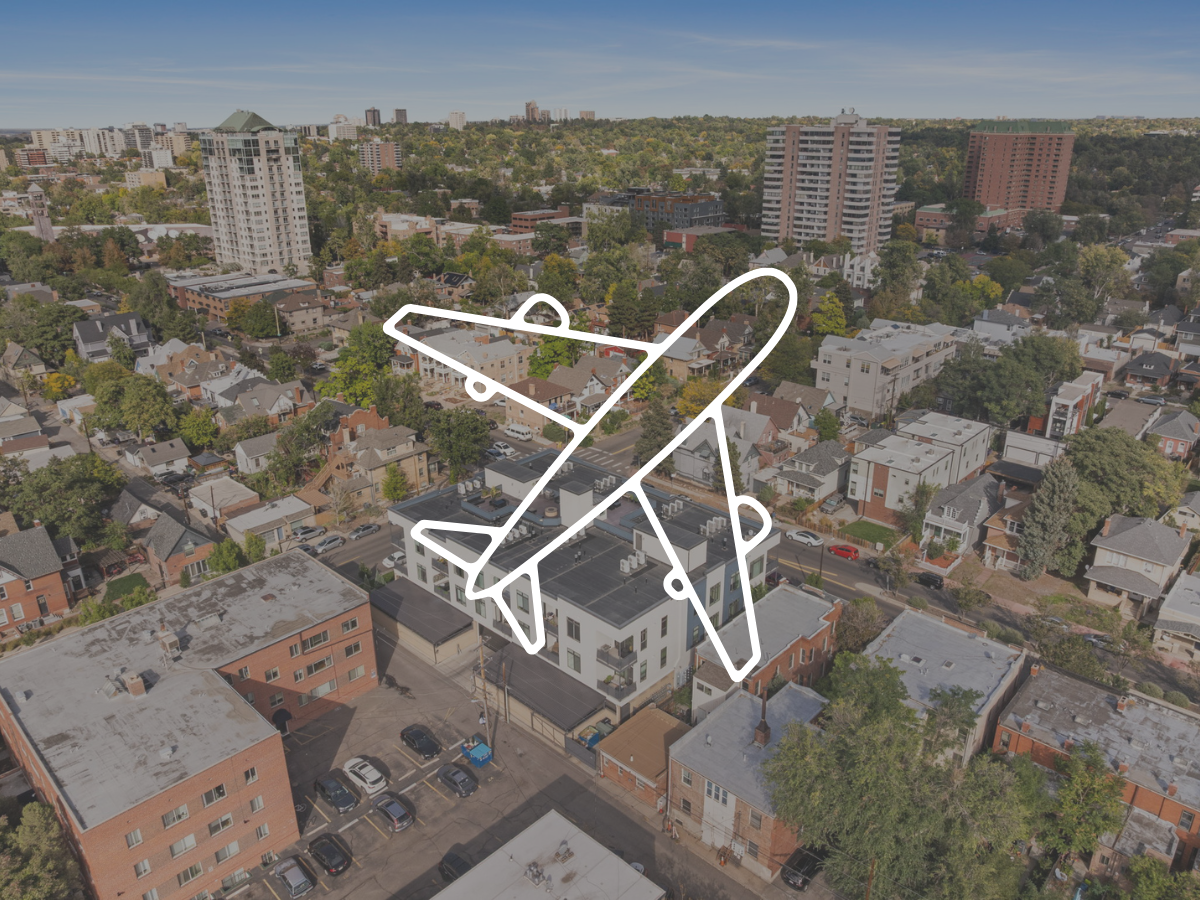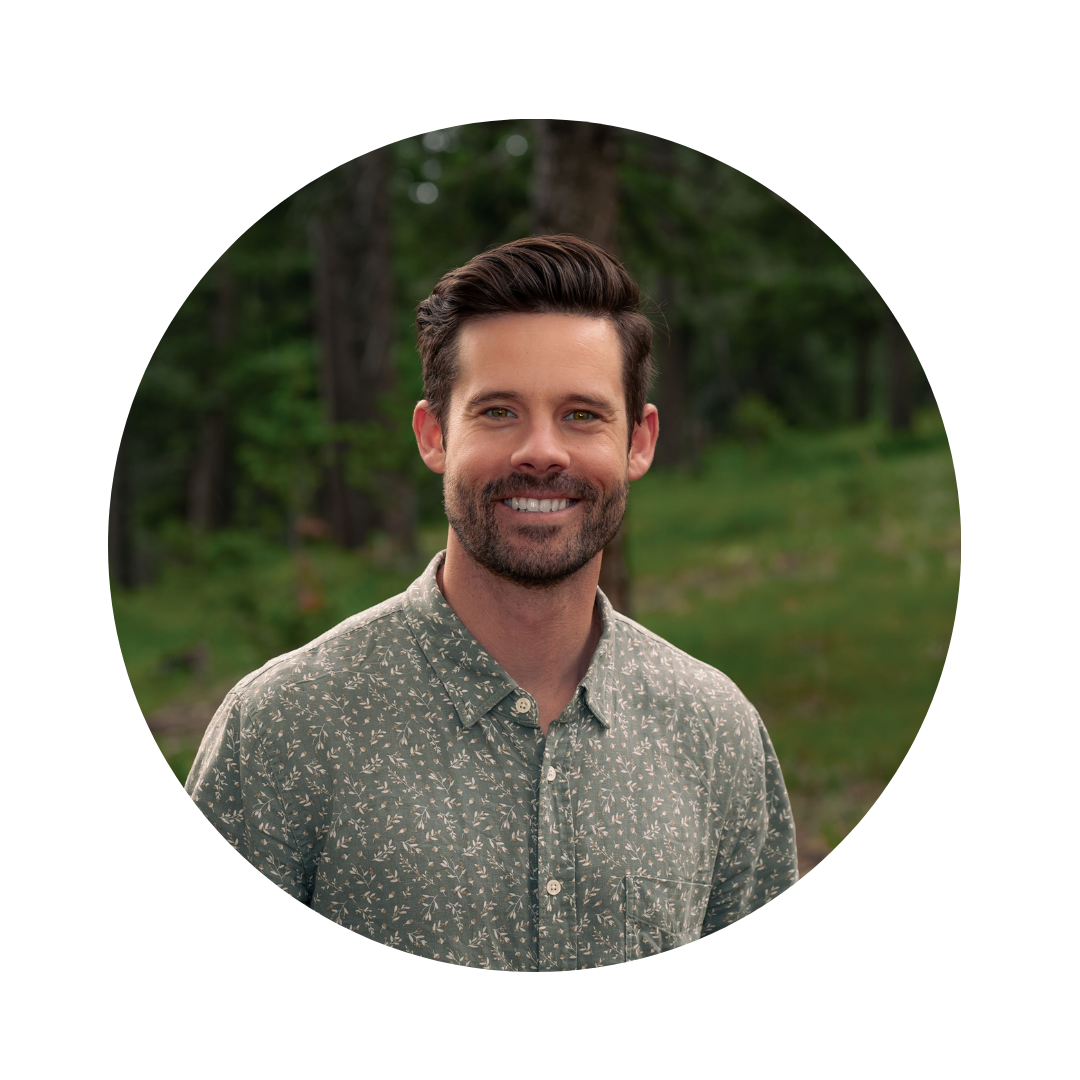Moving from SF to Denver: A Guide to Affordability and Lifestyle Trade-Offs
For Bay Area residents ready for a change, Denver offers something rare — a balanced blend of affordability, space, and lifestyle without sacrificing culture or opportunity. In recent years, Denver has become one of the top destinations for San Francisco professionals and families looking to reset their cost of living while upgrading their quality of life.
As a Northern California native who made the move from San Francisco to Denver, I understand both sides of the equation — the draw of the Bay and the freedom that comes with life in the Rockies. At FORM at Compass Denver, we’ve helped countless clients make the same transition confidently and strategically.
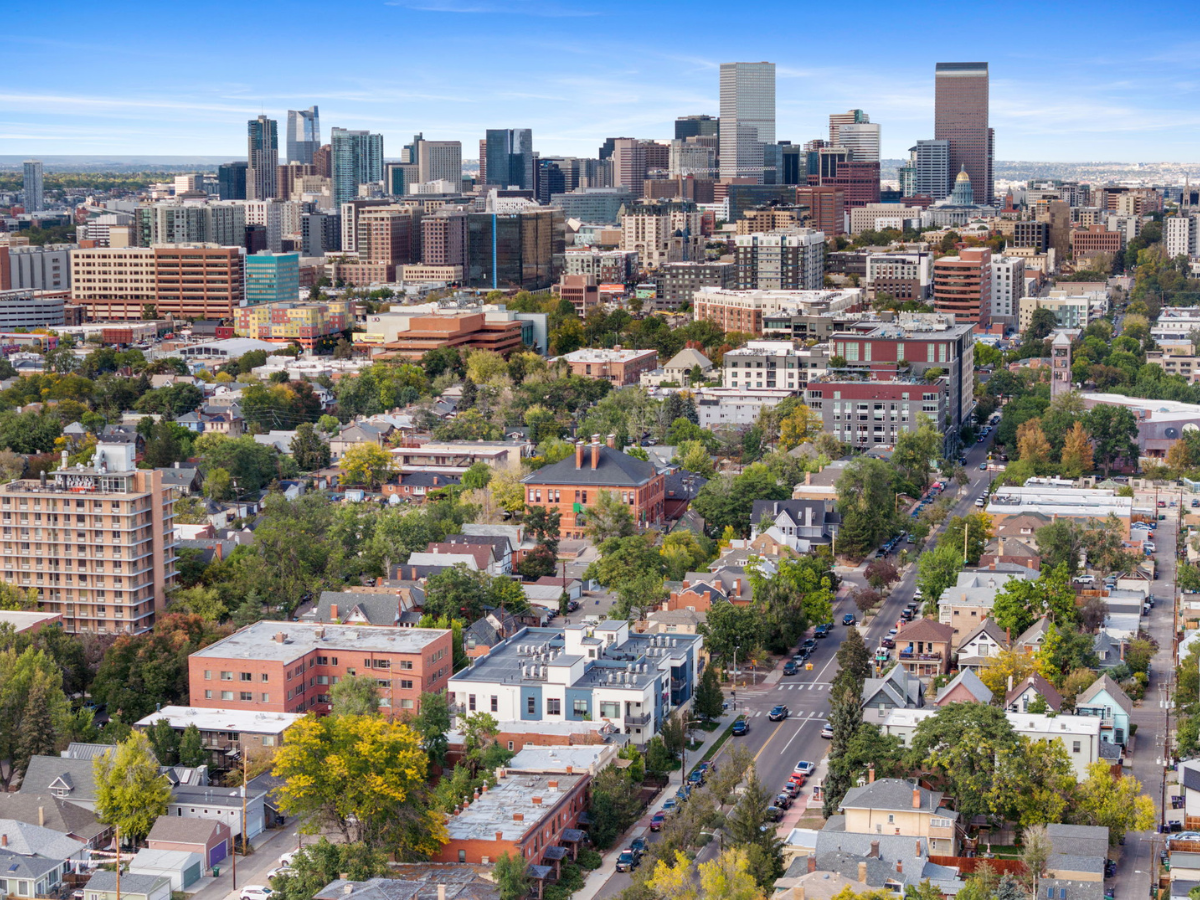
Why So Many San Franciscans Are Choosing Denver
The reasons start with simple math. San Francisco’s median home price continues to hover around $1.2–1.4 million, while in Denver, you can still find beautifully updated single-family homes between $600,000 and $900,000, depending on the neighborhood. Even with Denver’s market growth, buyers relocating from the Bay often find that their home equity stretches significantly further here — especially if they’re bringing remote work flexibility.
That difference doesn’t just show up in housing. Everyday expenses — from childcare to dining out to utilities — are all markedly lower in Denver. While lifestyle and culture are key, the ability to own more home, more land, and more freedom for less remains one of the biggest motivators.
Lifestyle Trade-Offs: What You Gain (and Give Up)
No city replaces San Francisco. The Bay’s density, walkability, and coastal charm are unmatched. But what Denver offers is space — physical and mental. It’s a place where the pace eases up, outdoor recreation is an everyday activity, and work-life balance feels tangible.
The trade-offs? You lose proximity to the ocean but gain access to the Rockies. You trade urban congestion for mountain views and four seasons. The rhythm shifts from hyper-scheduled to intentional — hiking trails replace weekend traffic on 101, and patios replace parklets.
Denver isn’t trying to be San Francisco — and that’s exactly why so many transplants fall in love with it.
Neighborhoods San Francisco Transplants Love
When Bay Area clients reach out to us, we start by asking what they love most about their current neighborhood. That helps us map their preferences to the right Denver communities.
Here are a few of our top matches:
Berkeley & Sunnyside: Creative, walkable, and filled with coffee shops, boutiques, and parks. These mirror the vibe of Noe Valley or Bernal Heights — but with more space and mountain views.
Highlands & Sloan’s Lake: Ideal for those who want proximity to downtown with modern builds, rooftop decks, and a lively restaurant scene. Think of them as Denver’s version of Hayes Valley or the Mission, but cleaner air and far more sunshine.
Wheat Ridge & Applewood: Suburban feel, bigger yards, and room to grow — all within 15 minutes of the city. Great for buyers trading tight San Francisco lots for real backyards and garages.
Wash Park: One of Denver’s most coveted areas, known for its tree-lined streets, historic homes, and access to the city’s most beautiful park. For many Bay Area families, it feels like a serene mix of Marin County and the Inner Sunset.
These neighborhoods offer walkability, design-forward homes, and strong community ties — the same qualities that make San Francisco neighborhoods beloved, but at a more attainable price point.
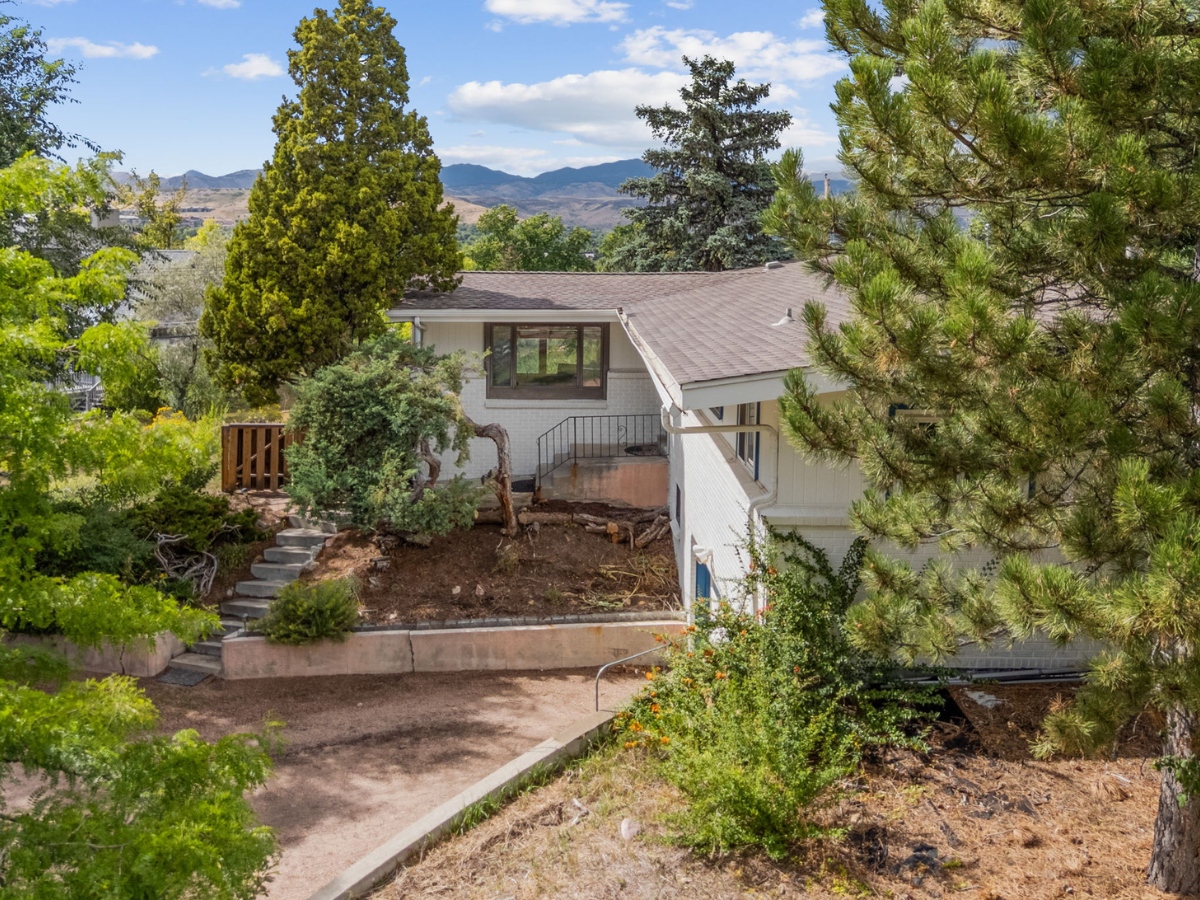
Housing: Stretching Your Bay Area Equity Further
The typical single-family home in San Francisco comes with trade-offs — limited square footage, minimal outdoor space, and little parking — even at million-dollar-plus prices. In Denver, that same budget opens new possibilities:
3–4 bedrooms instead of 2
A finished basement for home offices, gyms, or guest suites
Private yards and garages
Mountain views and walkable parks
Many Bay Area sellers discover that selling their SF property allows them to purchase a larger home in Denver, pay down debt, and still retain equity. The affordability doesn’t just come in the listing price — it’s also reflected in property taxes, insurance, and cost of ownership.
The Job Market and Remote Work Factor
Tech and remote professionals continue to anchor the Denver relocation trend. The city has cultivated a thriving ecosystem of startups, health tech, energy, and design firms. And for those keeping Bay Area jobs remotely, Denver’s lower cost of living translates directly into lifestyle upgrades — from owning vs. renting to enjoying ski weekends without boarding a plane.
The workday itself feels different, too. Commutes are shorter, office environments are more relaxed, and “after work” often means a quick trail run or happy hour on a patio instead of sitting in traffic.
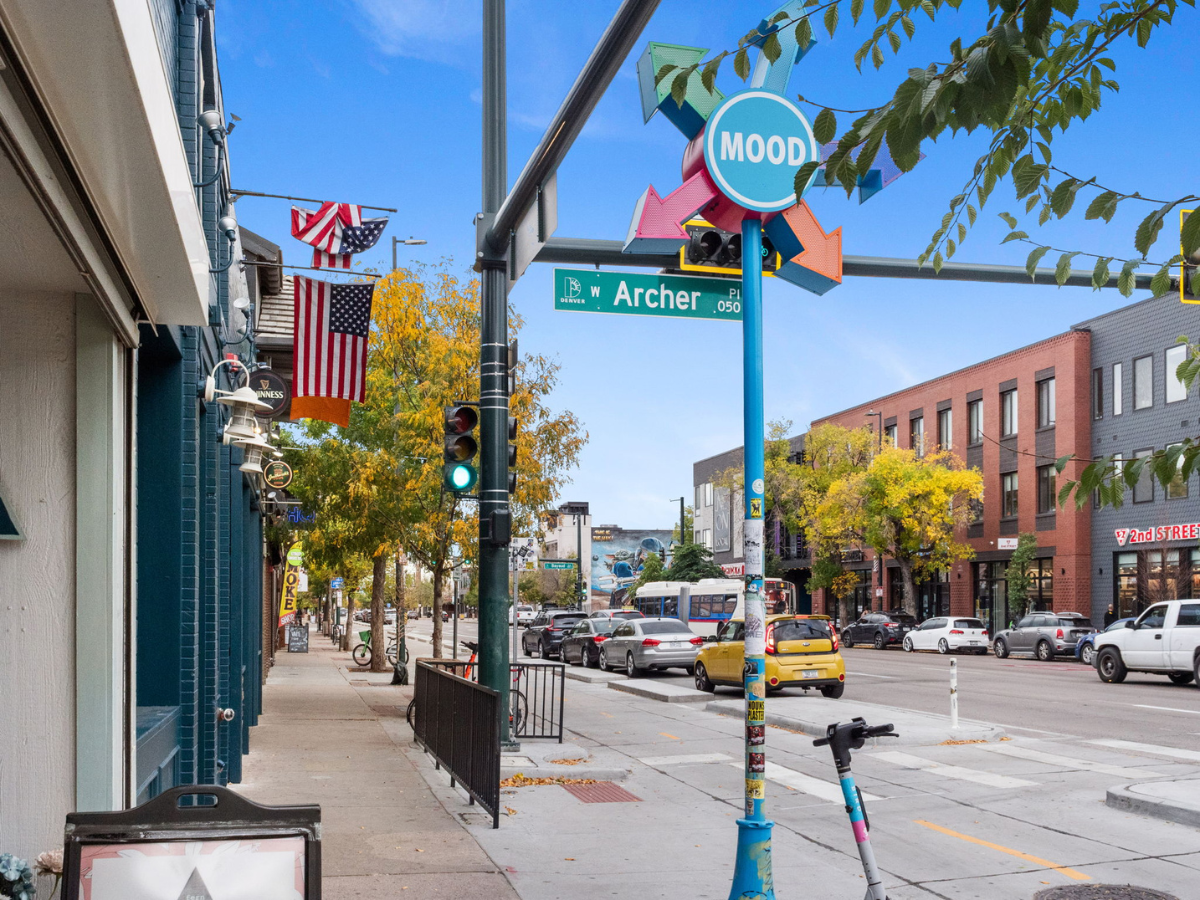
Cost of Living: The Everyday Comparison
Even small changes add up fast. Denver’s groceries, gas, and utilities come in 15–25% lower on average than San Francisco’s. Restaurants and entertainment are comparable in quality but often half the cost. And parking — that daily headache in the Bay — becomes a non-issue in most neighborhoods here.
The result is a financial and emotional exhale. You spend less energy maintaining the lifestyle and more time enjoying it.
Adjusting to Denver Life: What to Expect
Altitude, weather, and pace are the biggest adjustments. You’ll experience true seasons — sunshine most of the year, snow in the winter, and crisp fall days. The air is dry, the sky feels closer, and the community skews active. It’s not uncommon to meet people at ski resorts, breweries, or trailheads who once called California home.
Culturally, Denver has evolved dramatically. Michelin-starred restaurants, craft breweries, music venues, and modern architecture have elevated the city’s identity without losing its authenticity. It’s a place where ambition and adventure coexist easily.
How FORM at Compass Denver Helps Bay Area Clients Relocate
Every relocation story is different. Some buyers are ready to purchase before they land, while others rent short-term to explore neighborhoods. Our role at FORM is to simplify that transition — from virtual tours and cost analyses to connecting you with trusted lenders, movers, and contractors who understand relocation timelines.
As someone who made this move personally, I know the balance between excitement and logistics — and how important it is to have local guidance that understands your expectations and pace.
Our team specializes in helping Bay Area transplants find the Denver lifestyle that fits them best, whether that’s a modern home in Sloan’s Lake, a quiet retreat in Wheat Ridge, or a design-forward bungalow in Berkeley.
Final Thoughts
Relocating from San Francisco to Denver is more than a move — it’s a mindset shift. It’s about reclaiming balance, maximizing your resources, and rediscovering what home can feel like. Denver doesn’t compete with the Bay; it complements it — offering space, affordability, and an active lifestyle rooted in community.
If you’re exploring this transition, reach out to FORM at Compass Denver. As a Northern California native turned Denver real estate expert, I’d love to help you navigate both markets with confidence and clarity.


